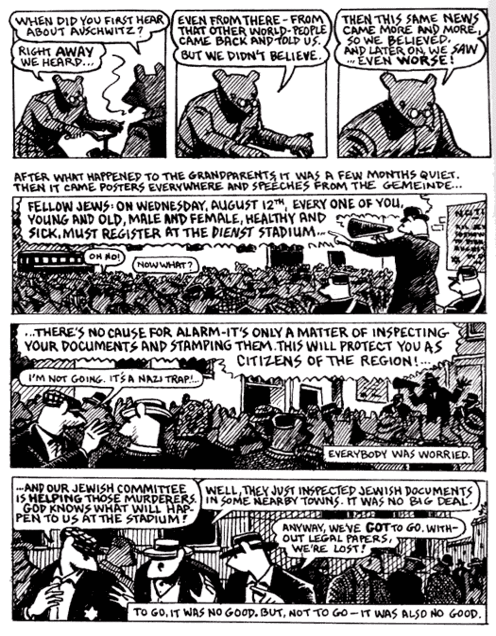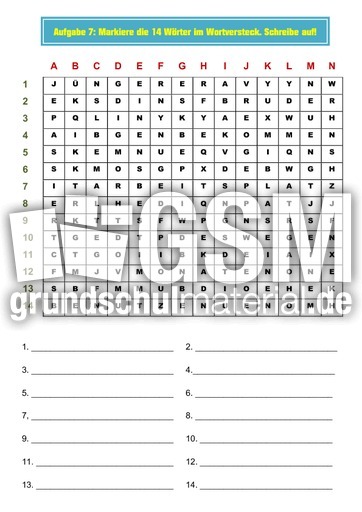Art Spiegelman Maus Deutsch Pdf Viewer
1 Teachers’ notes written by Blair Mahoney Maus by Art Spiegelman Introduction One of the most acclaimed graphic novels of all time, Maus was written over a. Art Spiegelman’s Maus - Free download as Powerpoint Presentation (.ppt /.pptx), PDF File (.pdf), Text File (.txt) or view presentation slides online.

Book Preface A boxed edition of the two paperback volumed of this 1992 Pulitzer Prize-winning illustrated narrative of Holocaust survival. Maus tells the story of Vladek Spiegelman, a Jewish survivor of Hitler’s Europe, and his son, a cartoonist coming to terms with his father’s story. Maus approaches the unspeakable through the diminutive. Its form, the cartoon (the Nazis are cats, the Jews mice), shocks us out of any lingering sense of familiarity and succeeds in “drawing us closer to the bleak heart of the Holocaust” ( The New York Times). Maus is a haunting tale within a tale. Vladek’s harrowing story of survival is woven into the author’s account of his tortured relationship with his aging father. Against the backdrop of guilt brought by survival, they stage a normal life of small arguments and unhappy visits.
This astonishing retelling of our century’s grisliest news is a story of survival, not only of Vladek but of the children who survive even the survivors. Maus studies the bloody pawprints of history and tracks its meaning for all of us. Download Ebook Read Now File Type Upload Date cbr January 12, 2015 Do you like this book? Donate Now - Help us to grow and upload more ebook:)).

In 1932, in the middle of a devastating economic depression, the people of Germany elected several members of the National Socialist German Worker’s Party — known as the Nazi Party — to positions of power in the German parliament. A few months later, the Nazi Party’s leader, Adolf Hitler was appointed Chancellor of Germany, the highest position of leadership in the German government. Hitler and the Nazi Party had gained significant public support in a very small amount of time.
The nation was experiencing a social crisis as well as an economic one, and the Nazis made many people hopeful with their vision of a renewed, strengthened Germany. The Nazis’ “hopeful” vision centered around the eradication of “undesirable” individuals. People they considered undesirable included ethnic, sexual, and religious minorities; people with disabilities; political dissidents; people who had committed crimes; and many others. More than anyone, though, Hitler and the Nazi Party targeted Jews. Nazi propaganda painted Jews as subhuman—more like animals than people — and blamed them for all of Germany’s many problems. Jewish-American novelists such as Saul Bellow and Philip Roth — along with countless others — have often considered the reverberations of the Second World War and the Holocaust in the lives of American Jews.
Roth, in novels such as The Ghost Writer and American Pastoral, focuses on younger generations of Jewish-Americans grappling with many of the same issues that concern Spiegelman: cultural memory and a sense of inherited responsibility as they struggle to understand their Jewish identity. Graphic novels such as, Marjane Satrapi’s autobiographical novel about the Islamic Revolution in Iran; and, Alison Bechdel’s memoir of homosexuality and family turmoil, have also used the comics style to explore serious questions of personal and political history. Rubi Serial 9x Cast.
Key Facts about Maus • Full Title: Maus: A Survivor’s Tale • When Written: 1978-1991 • Where Written: _enter text_ • When Published: The first volume of Maus (“My Father Bleeds History”) was serialized in Raw magazine, beginning in 1980 and ending in 1991, when the magazine ceased publication. The first volume was published in book form in 1986.
The second volume (“And Here My Troubles Began”) was published in 1991. • Literary Period: Postmodernism • Genre: Graphic Novel, Memoir • Setting: Poland and Germany (1930s and 40s); Rego Park, Queens (1970s and 80s); Catskill Mountains (1979); New York City (1987). • Climax: After years of moving between ghettos and hiding places, Vladek and Anja are sent to Auschwitz-Birkenau. • Antagonist: German soldiers and hostile Polish civilians are obvious antagonists for the Jews who are struggling to survive amidst persecution.
However, the story also explores the many ways in which Jewish people — and others were who suffered alongside them in concentration camps and in war-torn Poland — harm and undermine one another in moments of desperation. Though Vladek and Anja are beneficiaries of amazing acts of kindness and humanity, and often do their best to help others in return, Maus shows clearly how danger and privation breed selfishness and callousness. • Point of View: First Person (Vladek and Artie); Third Person (Limited to Artie). Some scholars and religious leaders have taken issue with the term “holocaust. Download Tema Barcelona Untuk Hp Nokia Asha 305. ” Though the word has been used for decades to refer to the genocide of European Jews, and has been used to describe other mass killings in history, it originates from a Greek word that means “a completely burnt offering to God.” Some argue that to refer to the genocide as a “holocaust” is to compare those murders to religious sacrifices — and that this comparison dignifies the violence and disrespects the victims. Many who disagree with the use of the term “holocaust” substitute “shoah,” a Hebrew term that translates as “catastrophe.” A Controversial Metaphor.
Spiegelman faced criticism, after Maus’s publication, for his use of animal heads in place of human faces. Because different animals correspond to different ethnicities, he was accused of perpetuating Nazi-like divisions between people of different races, and further dehumanizing the same people Nazis had tried to dehumanize through their violence. The book found a particularly harsh audience in Poland, where many were insulted by the depiction of Polish people as pigs.